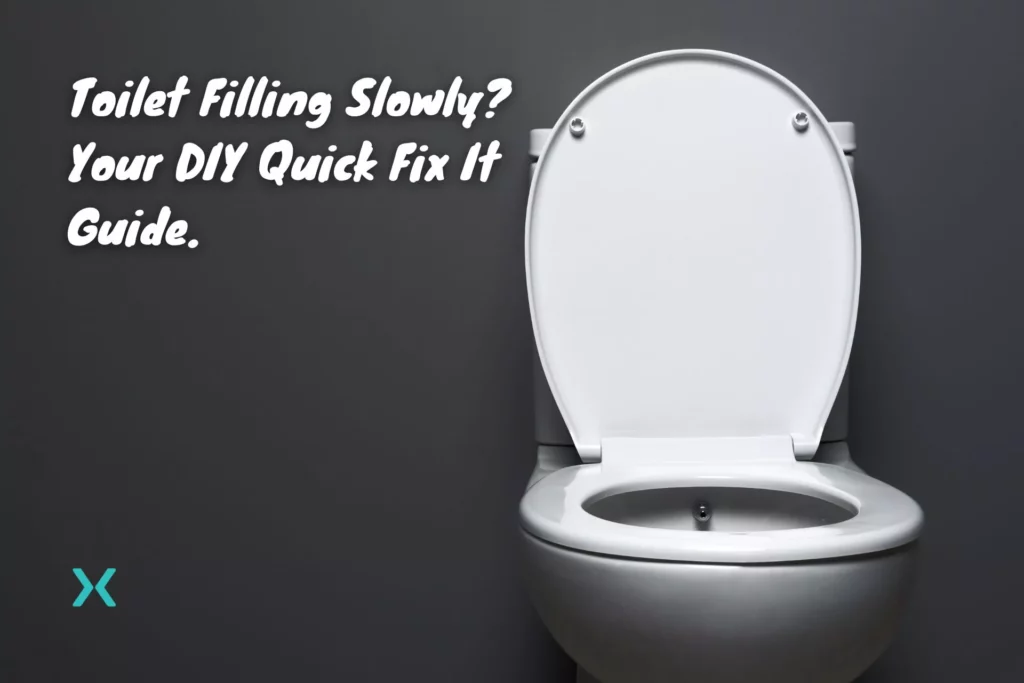⭐ Toilet Filling Slowly?
Does it seem like your toilet is filling slowly after flushing? A slow filling toilet is a common problem for many homeowners but one that can be easily solved.
There are many different reasons why you’re having this issue. Most of these can be easily fixed without a huge price tag; they can pose a problem if you can’t easily identify the problem’s source and apply an appropriate solution.
Table of Contents
⭐ Why is My Toilet Slow to Fill?
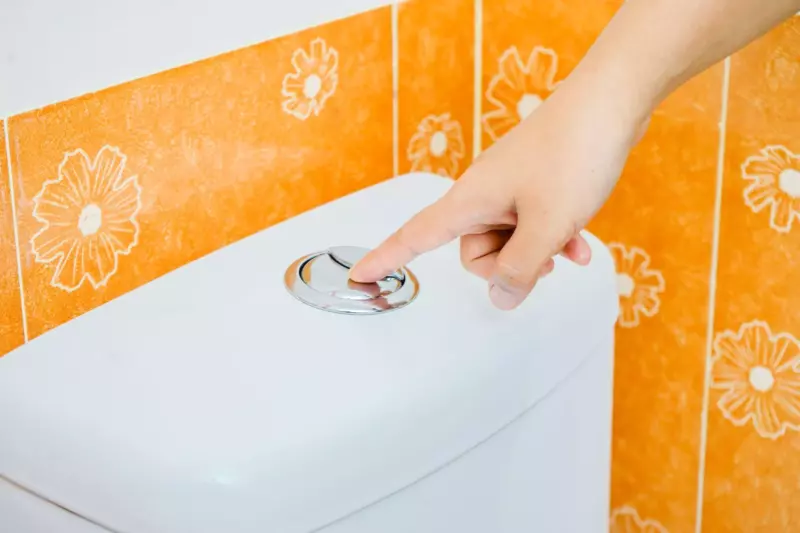
Typically most toilets take 30 seconds to 2 minutes to fill.
This time is highly dependent on the water pressure in your home and the type of toilet you have installed. if you use the half flush on a dual flush toilet, that time is significantly reduced.
If your toilet tank takes longer than 2 minutes, you will likely have a problem that requires attention.
Here are the top 5 reasons and solutions to a slow-filling toilet tank
💧 Problem 1: Low Water Pressure
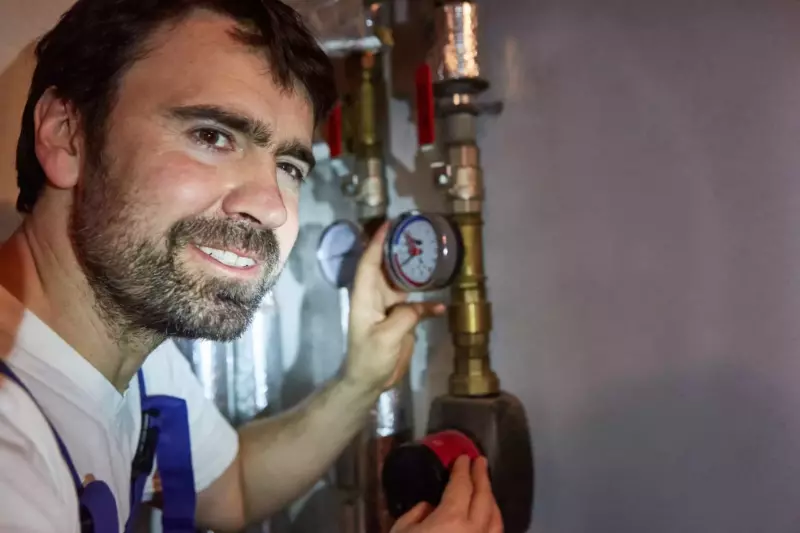
If your home doesn’t have decent water pressure in your home, it will affect how long the toilet tank takes to fill.
To check the water pressure, locate the main water shut-off valve and attach a water pressure gauge to the spigot.
🧰 The Fix: Call Your Local Utility or Add a Water Booster Pump
Low residential water pressure isn’t something you can easily fix.
Contact your local water utility provider to increase your home’s pressure if it’s below the minimum recommended pressure of 40 psi.
✅ PRO TIP: If it’s above 80 psi, you got a major problem that needs attention.
You could also add an electric water pump to your plumbing system if low water pressure is a problem in your area, especially if you are rural and not connected to a city water supply.
You could also add a smaller pump to the toilet that automatically activates upon flushing.
This would guarantee you have the maximum water pressure your toilet needs for effective flushing.
💧 Problem 2: Shut-Off Valve Is Not Fully Open
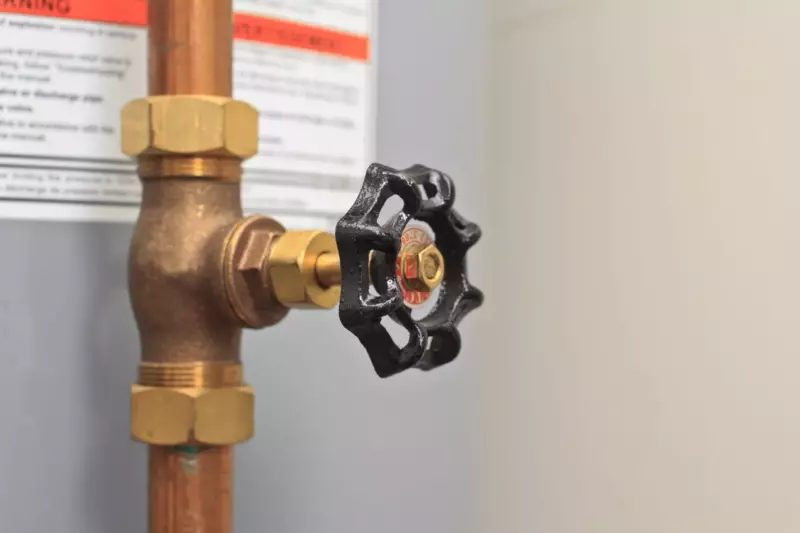
If your water supply valve (also called a shut-off valve) is not fully open, it will restrict the flow of water into your home’s plumbing system and cause various issues.
If the valve is already open to its maximum position, you can move on to problem 3.
🧰 The Fix: Open the Water Supply Valve to the Maximum
To check, locate your water supply valve and make sure it is fully open.
This valve is typically located near your home’s water meter and connected to the main water supply line feeding your home.
To open the water supply valve fully, turn the handle, so it’s parallel to the water supply pipe.
If the valve has a round knob, turn it clockwise to shut it off.
If your water supply valve is stuck or damaged, it may need repairing or replacing.
If this is the case, we recommend you engage a professional plumber to repair or replace this valve.
💧 Problem 3: Waterlogged Float Ball
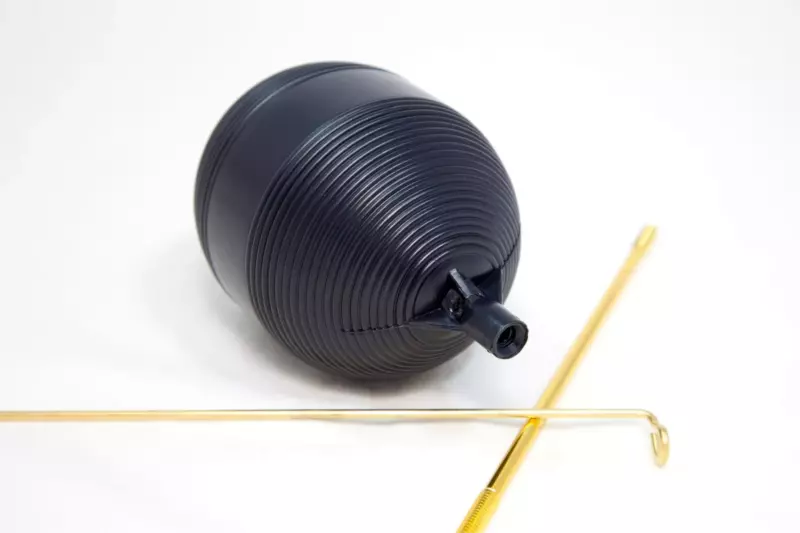
A waterlogged float ball can cause issues with a toilet, such as a toilet tank filling slowly or constantly running water.
The float ball is the component that rises with the water level in the toilet tank and tells the fill valve when to stop filling.
If the float ball is waterlogged, it can sink and fail to activate the fill valve, causing the toilet to fill slowly or not stop filling.
🧰 The Fix: Replace the Float Ball
Most toilets will have their own water supply valve.
You will find the shut off valve where the supply line is mounted to the wall.
Turn this valve to the off position and flush the toilet to empty the top tank.
Remove the toilet top tank lid and remove the float ball if one is fitted. Many newer toilets do not have a float ball; the float is a part of the fill valve assembly.
Once you have removed the float ball, use a towel to dry it and remove any excess water.
If the ball is damaged and leaks, it will require a replacement. These are cheap and are not worth repairing.
💧 Problem 4: Clogged Water Supply Hose
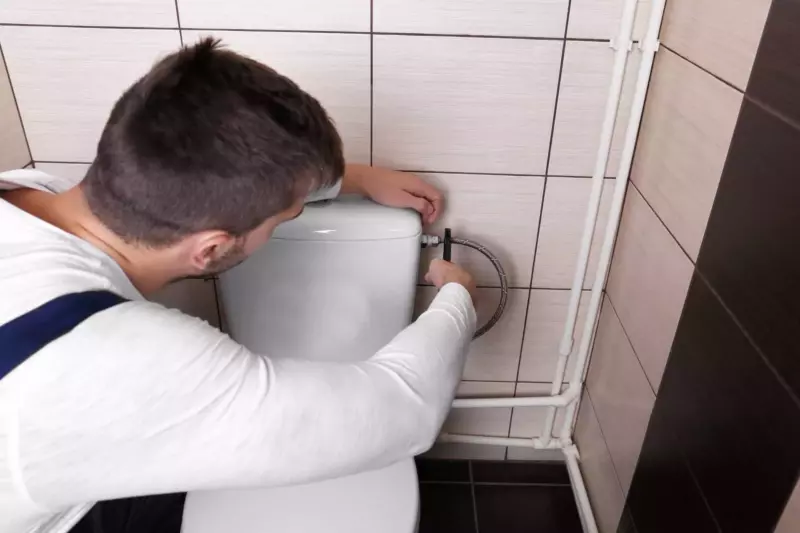
The next problem you might encounter is a clogged water supply hose.
The water supply hose (as shown in the image above) connects your toilet to your home’s fresh water supply.
If this hose is clogged or kinked, it will restrict the flow of water to your toilet’s top tank.
🧰 The Fix: Clean or Replace the Supply Hose
Firstly, turn off the main water supply in your home.
Turn on any tap in your home to decrease the water pressure in the pipes.
Then flush your toilet to empty the top tank.
Locate the water supply hose and remove it
Use a plumber’s snake or another tool to clear any clogs from the hose and check it for damage.
If you cannot clear the clog or its damaged beyond repair, buy a new one and install it.
They can be found at most hardware stores.
✅ PRO TIP: Take the old one with you to ensure you buy the right replacement part.
💧 Problem 5: Clogged Fill Valve
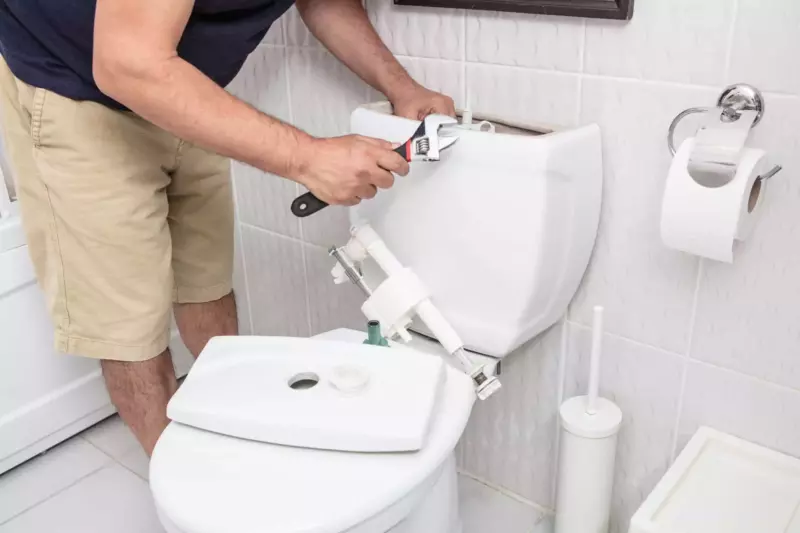
A clogged fill valve can cause a slow-filling toilet or a constantly running toilet.
The fill valve is the main component that controls the flow of water into the toilet tank.
If the fill valve is clogged with sediment or debris, it will restrict the water flow into your toilet or cause it to not fill at all.
🧰 The Fix: Repair or Replace the Valve
To fix this type of problem, you will have to repair or replace the fill valve.
As per the procedure for replacing a water supply hose, turn off your water and flush your toilet to empty the top tank.
Remove the fill valve from the toilet top tank.
You can try cleaning the fill valve with a soft brush if you find any significant debris that might cause your fill valve to malfunction.
If this doesn’t work and you still have problems with your toilet filling properly, replace it with a new one.
⭐ Frequently Asked Questions
How long does it take for the toilet tank to fill?
The amount of time it takes for a toilet tank to fill depends on several factors.
These include the size of the tank, the flow rate of your water supply, and the type of fill valve that’s fitted to your toilet.
As mentioned, a standard toilet tank will take between 30 seconds and 2 minutes to fill.
If your toilet tank takes significantly longer than this to fill, it could be a sign of a problem, such as clogged fill valves or a restricted water supply line.
In this case, you may need to take steps to clean or repair the fill valve or supply line to restore normal filling times.
What is considered normal residential water pressure?
Normal water pressure in the US for residential homes should be between 45 and 80 psi (310 – 551 kPa).
You don’t want a water pressure that’s too low as it can cause problems such as a slow filling toilet.
High static water pressure above 80 psi violates section P2903.3.1 of the 2018 International Residential Code.
High water pressure can cause problems with leaking pipes and damaged plumbing fixtures.
When the main water pressure exceeds 80 psi, you can fit an approved pressure-reducing valve to reduce the pressure within the acceptable range.
⭐ Choose Phyxter Home Services For Plumbing Repair Services

A slow-filling toilet can be a nuisance and a waste of time.
However, you can often fix the issue with a little bit of troubleshooting and possibly some minor repairs.
Start by checking for any visible blockages, then check the flapper and float.
If those steps don’t resolve the issue, you may need to call a plumber to diagnose and repair any underlying problems with the fill valve or the water supply line.
Following these steps, you can get your toilet filling at its normal speed again and avoid further inconveniences.
Not comfortable repairing your toilet and need an affordable and reliable plumber?
Phyxter Home Services has your back!
The team at Phyxter can provide you with all the toilet repair and replacement services your home needs.
Want to learn more about your home’s plumbing systems? Feel free to check out the rest of our plumbing articles.
Related Reading: DIY Guide to 15 Common Plumbing Problems & Solutions

